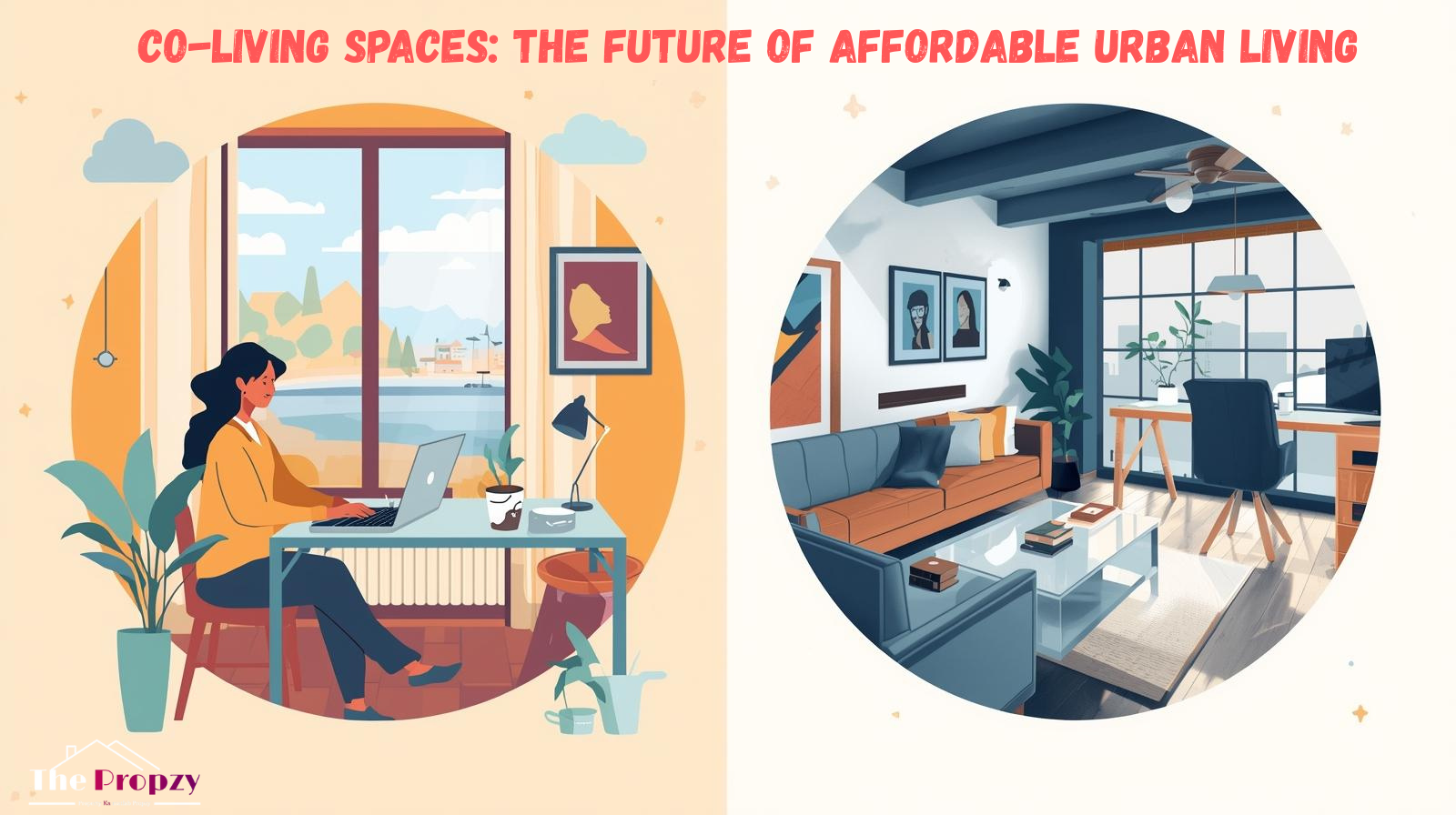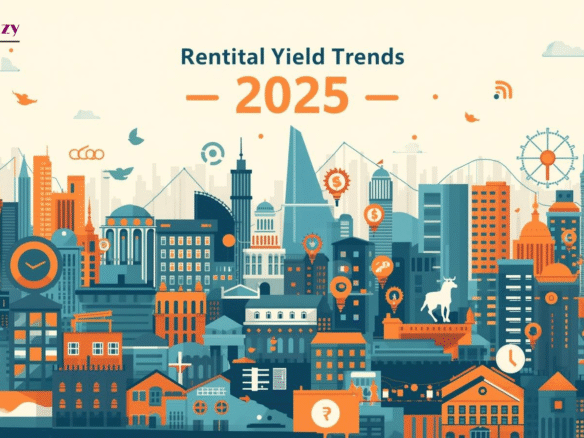Urbanization is at its peak, but buying or even renting homes in big cities has become unaffordable for many young professionals and students. This has led to the rise of co-living spaces, a trend that blends affordability, community living, and convenience. Unlike traditional paying guest (PG) accommodations or rental flats, co-living offers an organized and tech-enabled approach to shared housing.
What is Co-Living?
Co-living spaces are fully furnished residences where tenants share common spaces such as kitchens, lounges, and co-working zones, while having private bedrooms. They often come with amenities like:
- Wi-Fi and housekeeping
- Common gyms and entertainment zones
- Networking events for residents
- Short and flexible rental agreements
Why Millennials & Gen Z Love Co-Living
- Affordability Without Compromise – Sharing rent and utilities makes housing in prime city areas possible.
- Flexibility of Stay – Many co-living operators allow monthly or even weekly stays, ideal for gig workers and job-hoppers.
- Community and Networking – Social lounges and events allow young residents to build professional and personal networks.
- Zero Maintenance Hassle – Unlike traditional rentals, co-living spaces come with maintenance handled by operators.
The Market Growth in India
According to industry reports, India’s co-living sector is expected to grow at a 15–20% CAGR in the next 10 years. Major companies like Stanza Living, Zolo, and OYO Life are rapidly expanding across metros and tier-2 cities.
Case Example
- Stanza Living has created co-living spaces for over 70,000 students and working professionals across 23 Indian cities.
- OYO Life targets millennials looking for short-term affordable living with flexible lease options.
Benefits for Investors and Developers
- Higher Rental Yields compared to standard housing.
- Steady Demand from students, migrants, and young professionals.
- Scalability – Large housing projects can be converted into profitable co-living ventures.
Challenges in the Co-Living Model
- Cultural hesitation around shared living.
- Regulatory complexities in managing multi-tenant rental spaces.
- High operational and service costs.
Future Outlook
The co-living model will expand into tier-2 cities as remote work grows. Expect to see work-from-home-friendly co-living spaces and AI-driven roommate-matching in the near future.
👉 Conclusion: Co-living is not just a housing solution but a lifestyle choice for the new generation. It balances affordability with community living, making it a permanent part of the urban housing market.






Join The Discussion